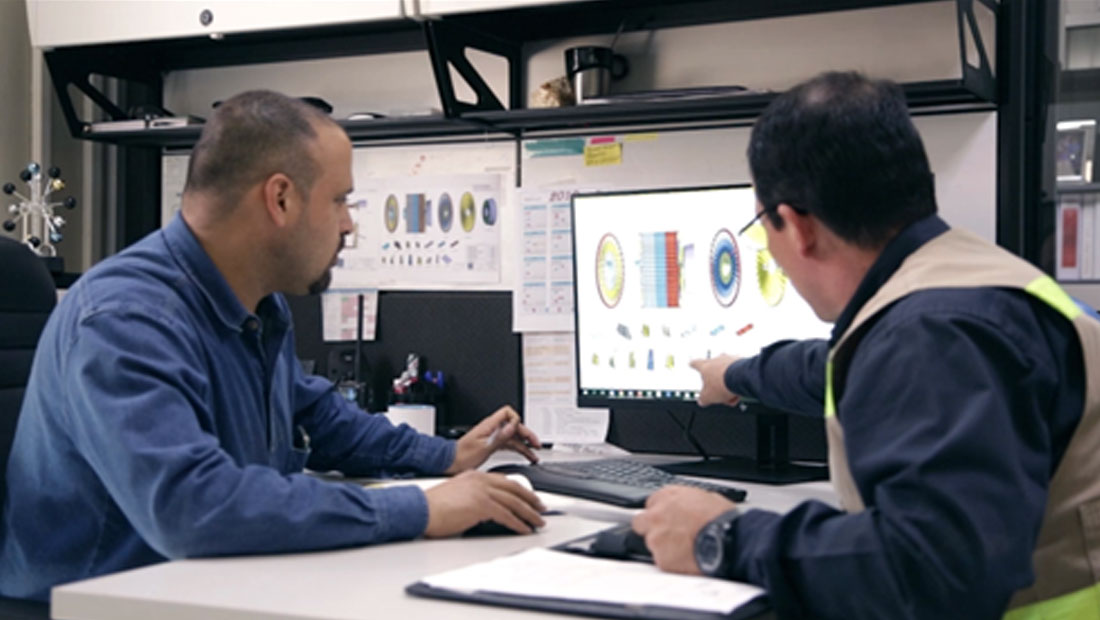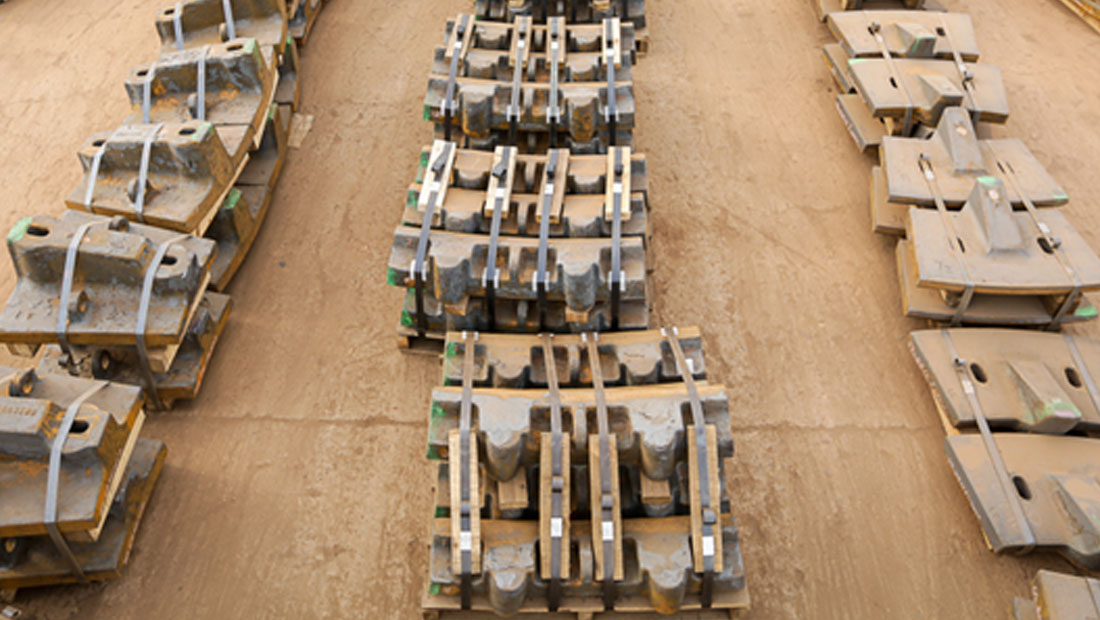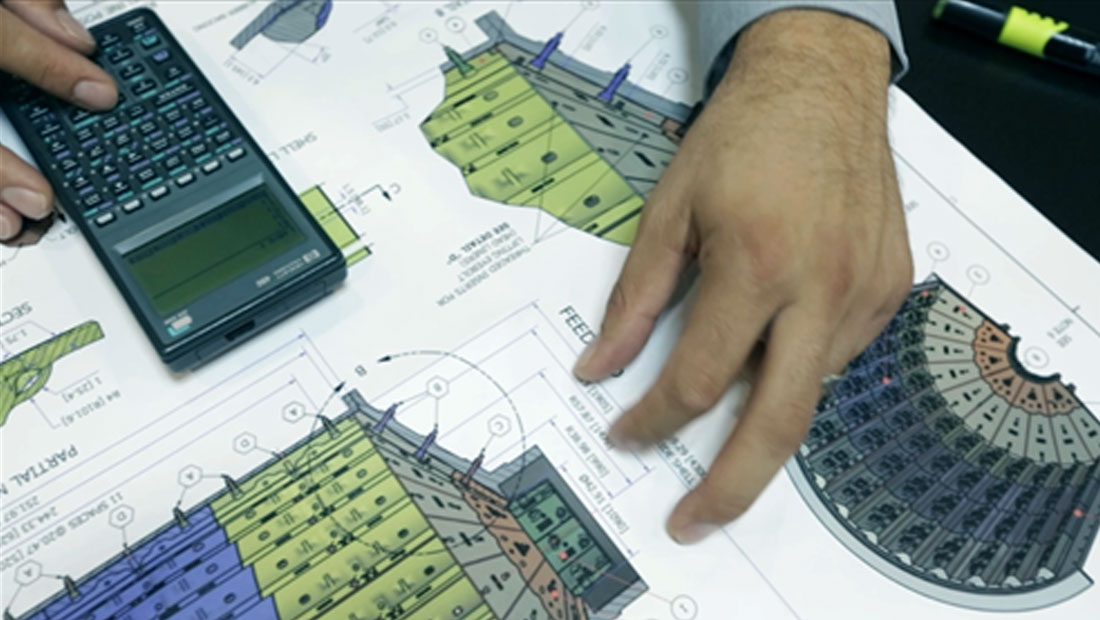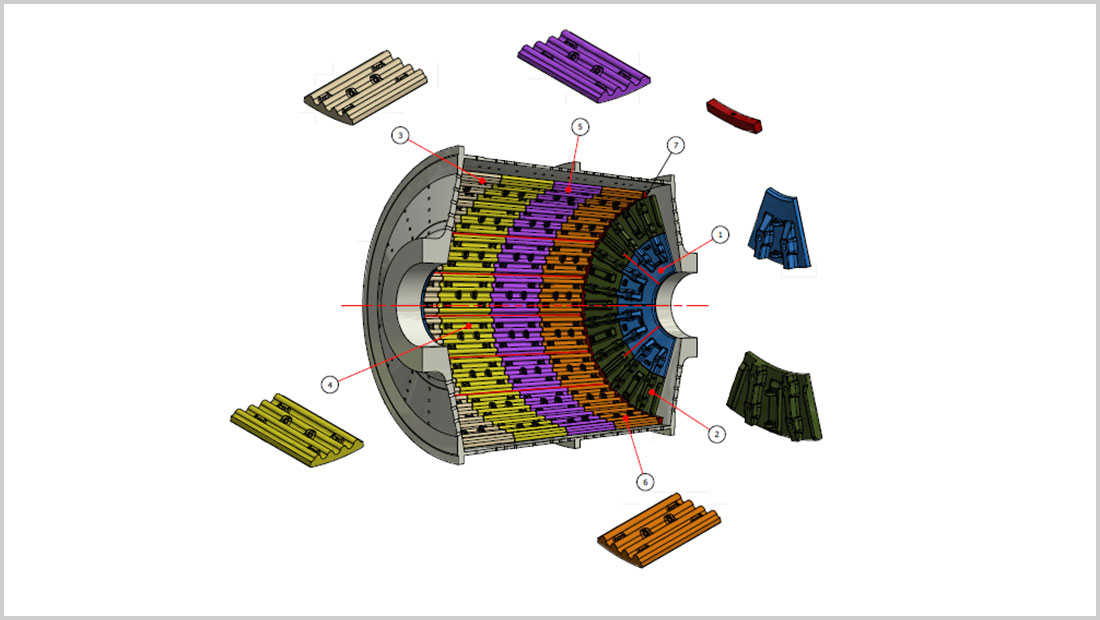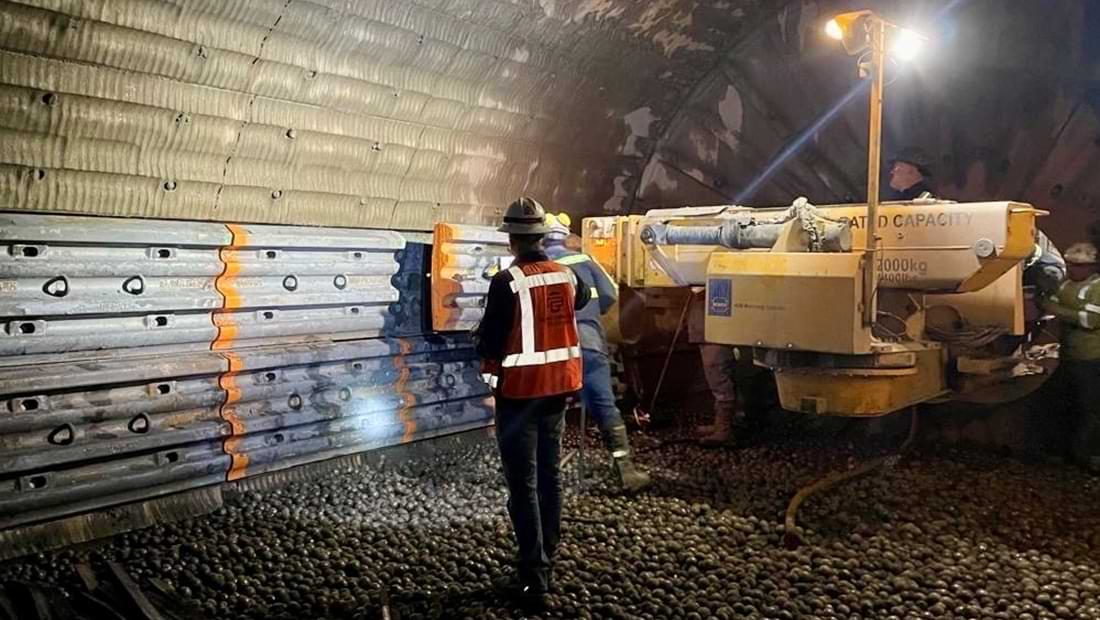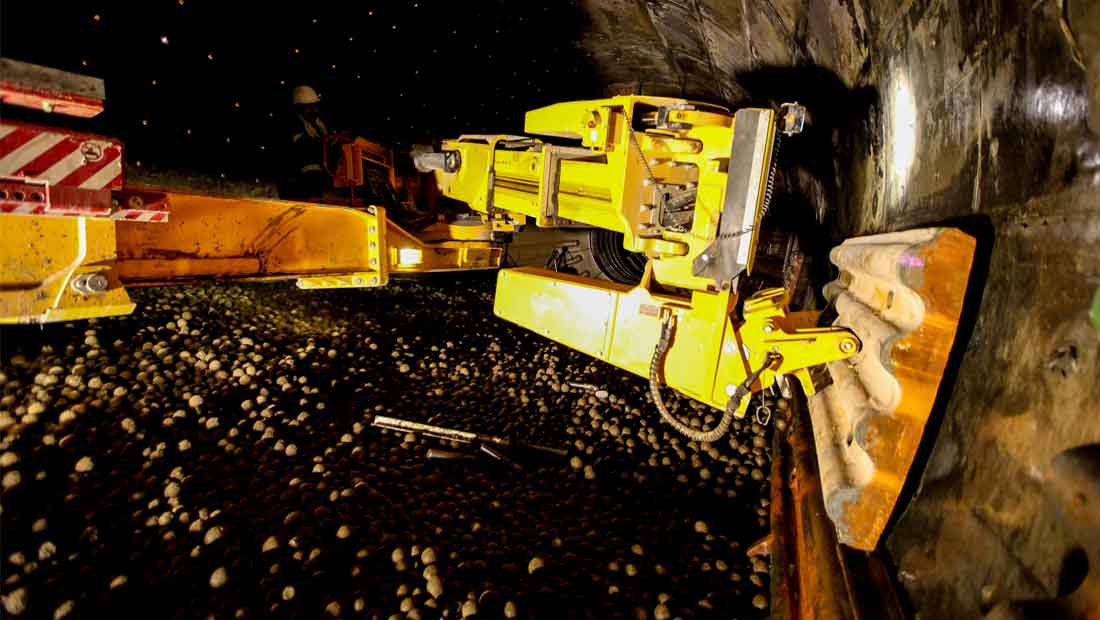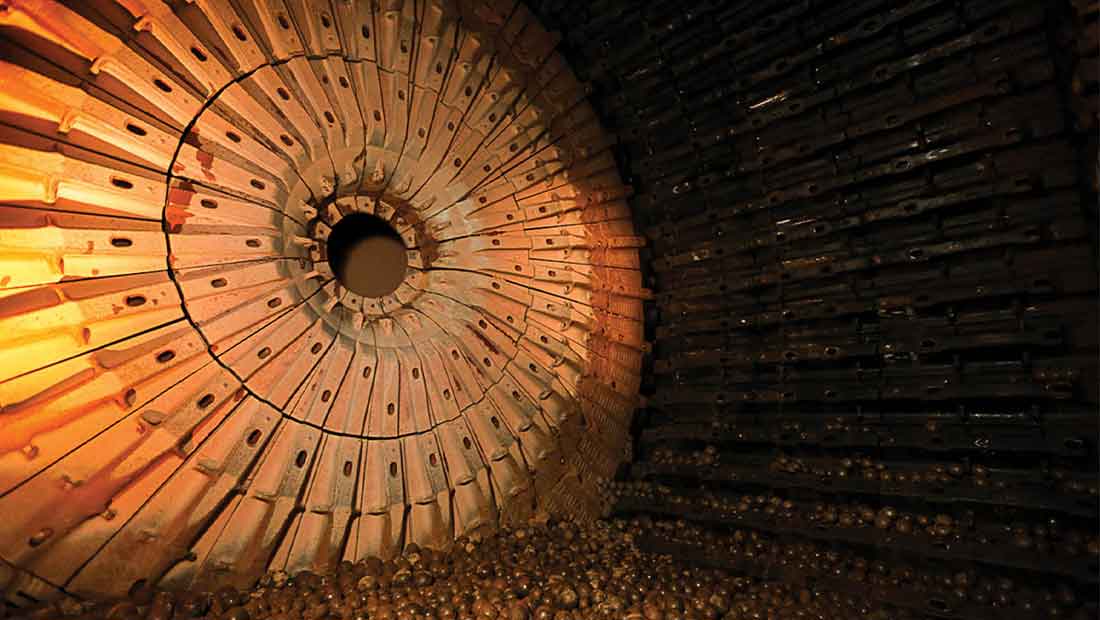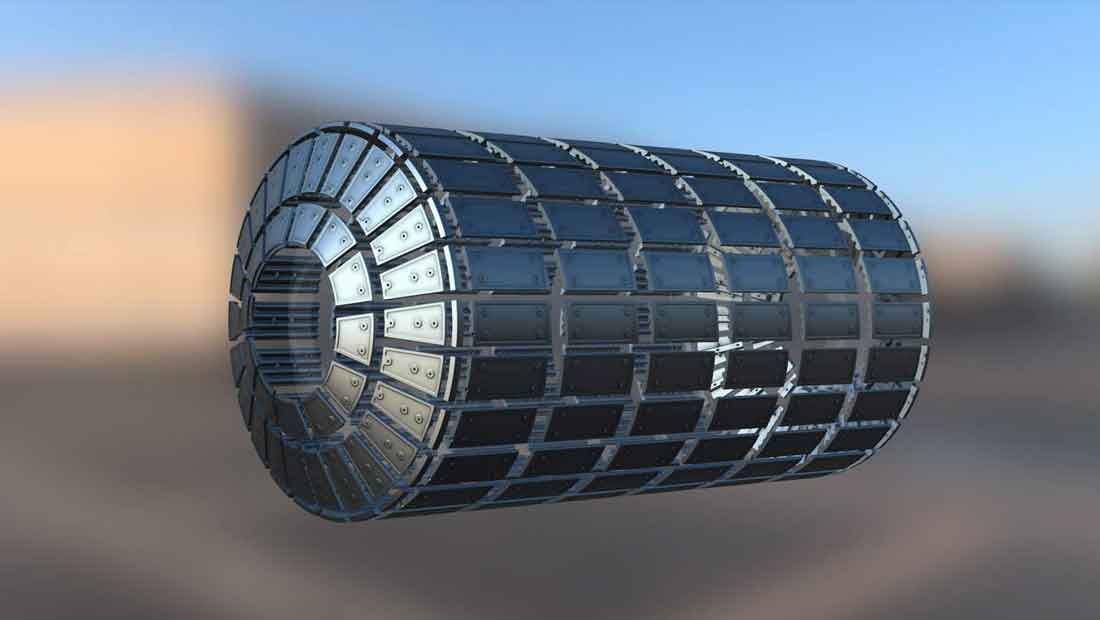It may seem obvious that well-designed mill liners can improve the efficiency of your grinding operations. But you may not be aware of other benefits that expert design capabilities provide for the procurement, installation and use of these important components of your grinding mills.
Multiple areas of your operation can experience increased costs due to extended or delayed lead times. Let’s take a look at how lead times can impact your operating costs.
There are aspects of mill liner design that can have a substantial effect on your costs, not just in terms of product price, but also in lower performance effectiveness.
Does your mill liner supplier share product drawings with you for the liners used in your grinding mills? Read on to learn the advantages of working with mill suppliers who do.
Mill liners are a critical part of the grinding process for SAG/AG, ball, or rod mills. In addition to the benefits of the product itself, working with a good supplier can add value to your operation in ways you may not typically think of. Read on to find out more.
If you rely on SAG/AG, ball, or rod mills for your mine operations, you know that mill liners are a critical part of the grinding process. Read on to learn more as we shed light on the top 5 myths about grinding mill liners.
In this blog post, we will delve into the key reasons for the premature wear of mill liners, shedding light on critical aspects such as material selection, material hardness, heat treatment processes, operating conditions, and installation.
Proper selection of mill liners holds significant importance, considering the notable drawbacks associated with certain designs. Let’s explore the various types of mill liners and their practical applications in greater detail.

